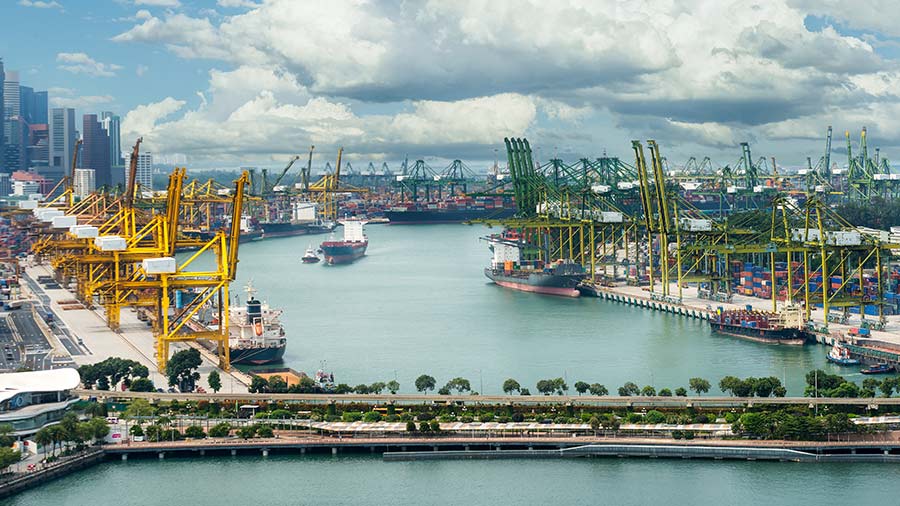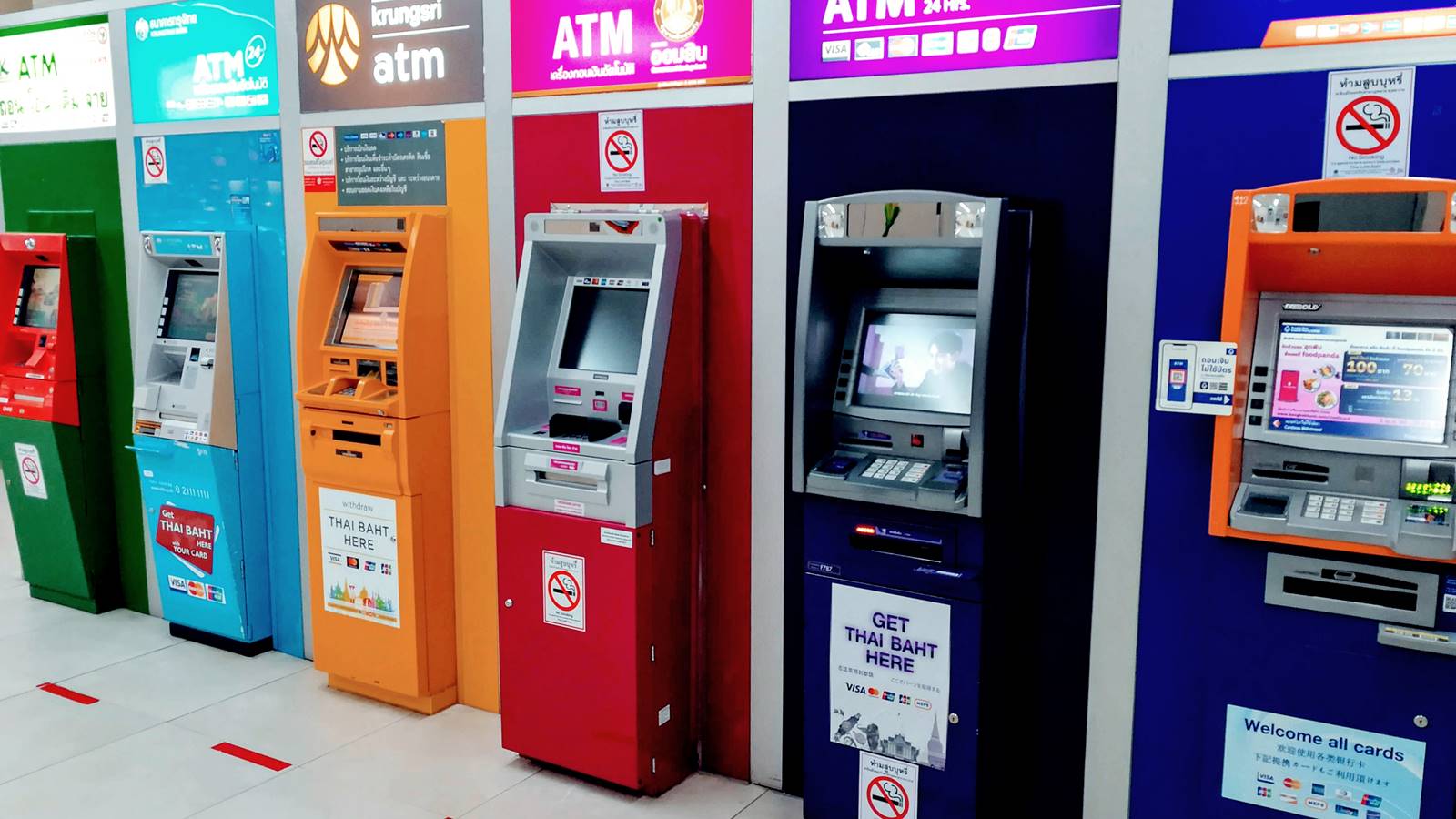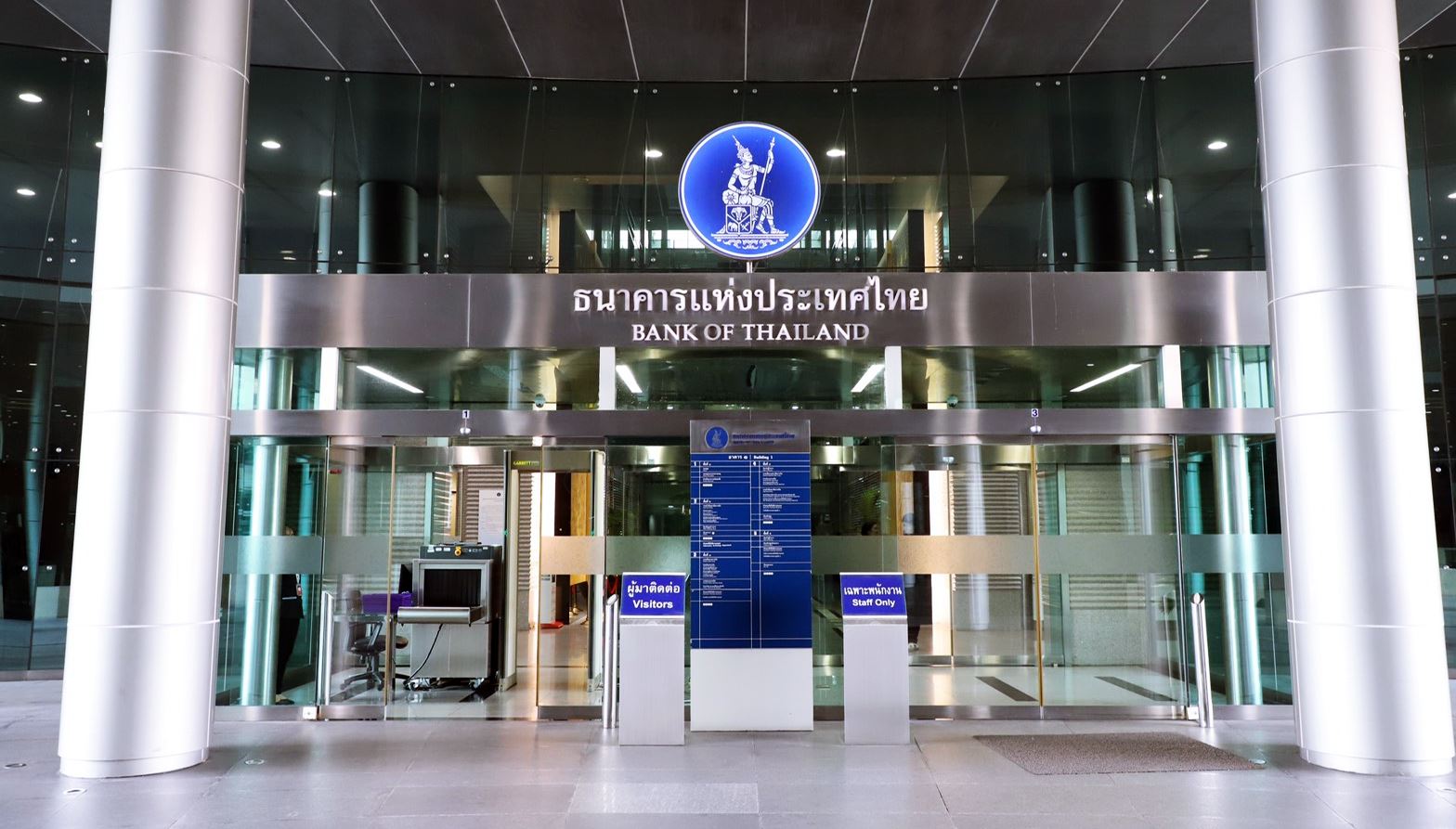The Port of Singapore, one of the world’s busiest ports and the world’s largest container trans-shipment hub, will require all new harbor craft to be net zero by 2030.
In the second quarter of 2023, MPA will release an expression of interest to solicit proposals for the design and development, demand aggregation, and green financing of new electric harbor craft, according to a LinkedIn post it put up today.
The Maritime and Port Authority of Singapore (MPA), which oversees the maritime sector in Singapore, has specifically specified that by 2030, all new harbor vessels must be electric, able to run on B100 biofuels, or compatible with net zero fuels like hydrogen. It advances the goal of making all harbor and recreational vessels net zero by 2050.
Port of Singapore’s 2030 net zero transition
The Maritime and Port Authority said it is working with research institutes to study potential locations for charging infrastructure and electric power to support electric vessels.
The Port of Singapore, which has six terminals, is situated along Singapore’s southern shore, between the Malacca and Singapore straits. It offers cutting-edge facilities and infrastructure and acts as a major hub for international shipping and trade.








